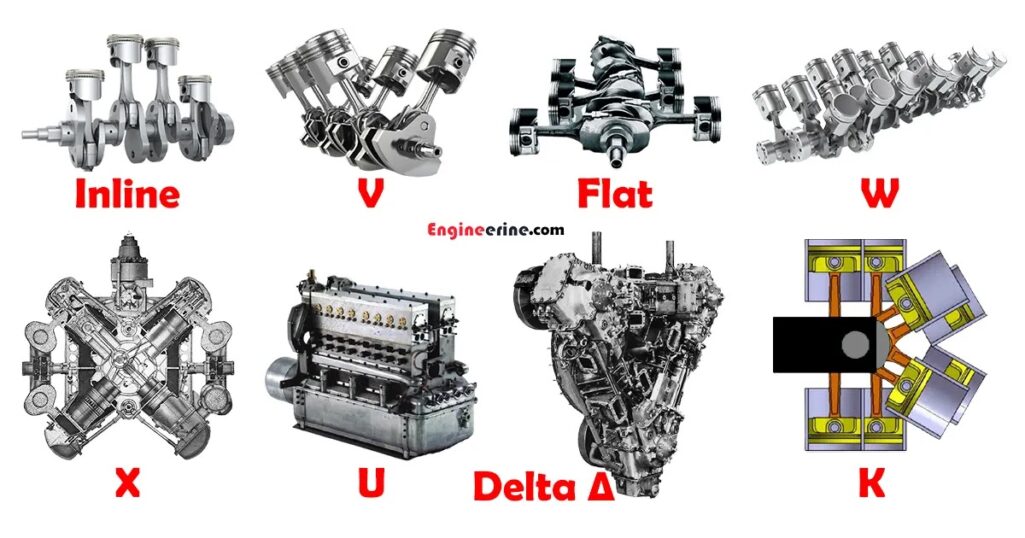
Did you know that some engines are up to 48 cylinders and there are up to 12 engine layouts exists? Some of those layouts you haven’t even heard of before! We will be listing all cylinder engines layouts and briefly describing each one.
Single-cylinder engines
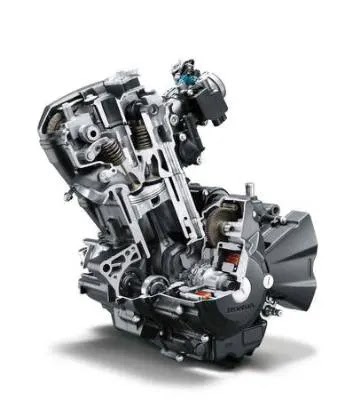
Single-cylinder engines, often known as thumpers, have a single piston and one cylinder. They’re commonly seen on motorcycles, scooters, go-karts, all-terrain vehicles, portable tools, garden machines, and some other vehicles.
Single-cylinder engines are simpler and more compact when compared to multi-cylinder engines. With single-cylinder engines, air cooling is generally more efficient than with multi-cylinder engines because of the larger capacity for airflow around all sides of the cylinders.
Straight / Inline engines
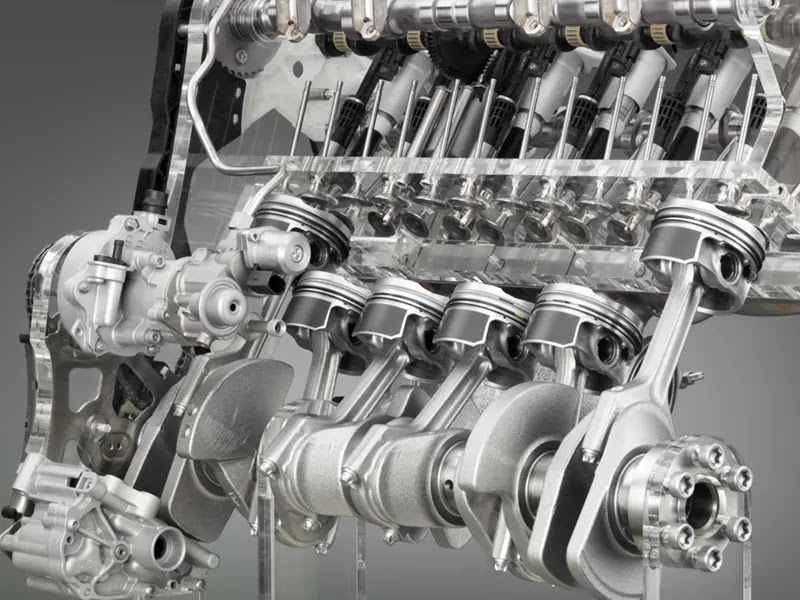
Straight engines, also known as inline engines, have their cylinders all lined up in a straight line along with the crankshaft with no offset. A slant engine is a straight engine that has been positioned at an angle.
Because the cylinder bank and crankshaft can both be machined from a single metal casting, a straight engine is simpler to construct than any other engines layouts.
Straight engines have different configurations:
- Straight-2: Known as “parallel-twin” and used mostly in motorcycles
- Straight-3: Known as “inline-triple.”
- Straight-4: It is the most commonly used type for cars.
- Straight-5
- Straight-6
- Straight-8
- Straight-10
- Straight-12
- Straight-14
V engines
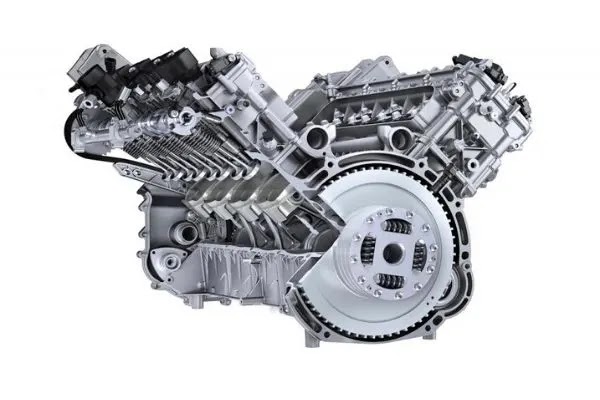
Engines with V configurations, often known as Vee engines, have cylinders arranged in two parallel planes or ‘banks,’ connected to the same crankshaft. Because the cylinder banks are angled in relation to one another from the front of the engine, they seem like a “V.”
The length of a V engine is usually less than an identical inline engine, but the trade-off is a greater width.
V engines come in a variety of configurations:
- V2: Known as “V-twin.”
- V3
- V4
- V6
- V8
- V10
- V12
- V14
- V16
- V18
- V20
- V24
- VR5: Have a single cylinder head with a narrow V angle.
- VR6: Have a single cylinder head with a narrow V angle.
Flat engines
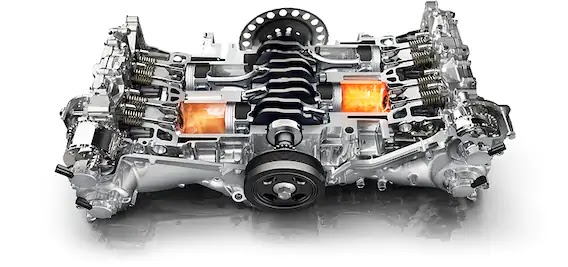
Engines with two banks of cylinders on either side of a single crankshaft are called “horizontally-opposed” or “boxer” engines.
Make sure to read this article to know the difference between flat and boxer engines.
Flat engines have the advantages of being compact, having a low center of gravity, and being suitable for cooling with air. Flat engines have better primary balance than straight engines, which results in less vibration.
Flat engines come in a variety of configurations:
- Flat-two
- Flat-four
- Flat-six
- Flat-eight
- Flat-twelve
Opposed-piston engines
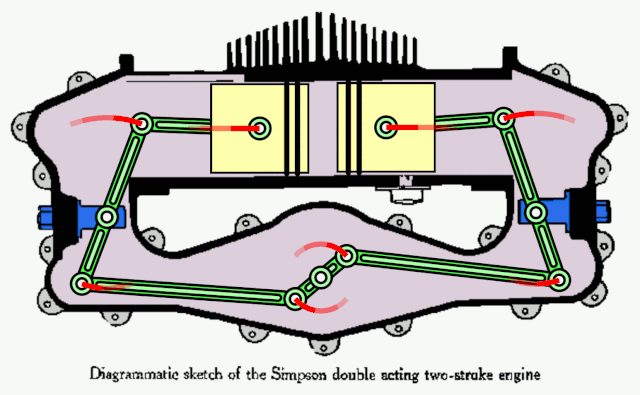
When compared to a Flat/Boxer engine, an opposed-piston engine is similar in that it has coaxial piston pairs, but instead of sharing a crankshaft, each pair of pistons share a single combustion chamber.
In the past, opposed-piston engines powered by gasoline or diesel have mostly been seen in ships, military tanks, and industrial plants.
W engines
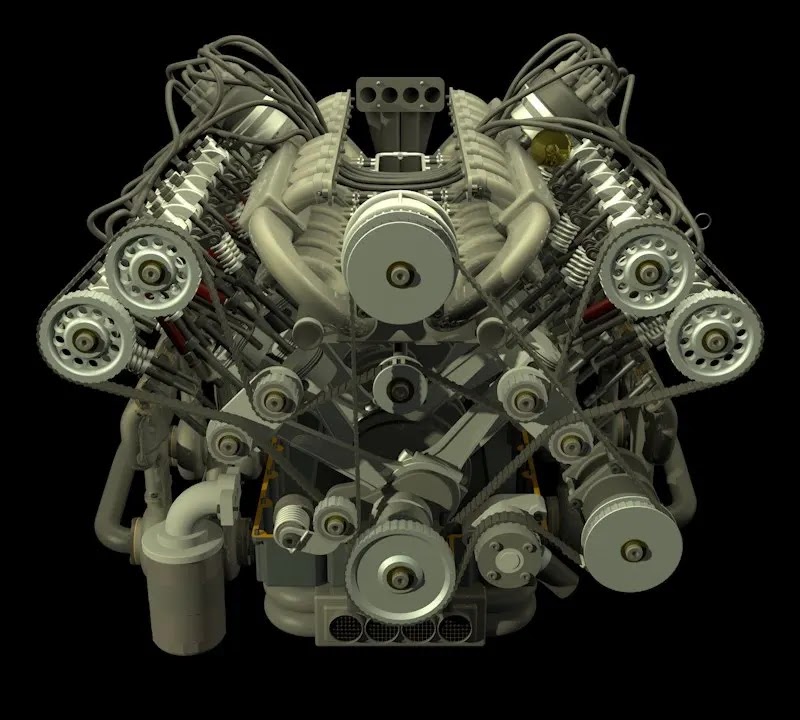
As with V engines, those in W engines have their banks of cylinders configured such that they look like the letter W. Three or four cylinder banks of a piston engine share the same crankshaft. W engines are not as common as V engines and are shorter and wider than a V engine.
One of the most popular W engines is the Bugatti W16 engine. You could read about it more in this blog.
W engines come in a variety of configurations:
- W3
- W6
- W8
- W12
- W16
- W18
- W24
- W30
X engines
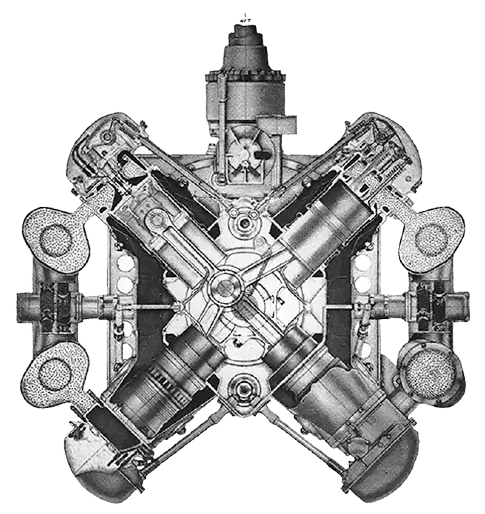
Have you heard of the X engine before? I haven’t before preparing this article.
When viewed from the front, the X engine’s cylinders create an “X” shape. An X engine has four banks of cylinders surrounding a single crankshaft. X engines have the benefit of being shorter than V engines with the same number of cylinders, but they are heavier and more complicated. As a result, the arrangement has seen very little action throughout the years.
The combination of two V engines was the basis for several X engine designs. For example, two V engines are linked together by a shared crankshaft to form an X engine. There were a lot of V-12 engines that were transformed into X-24.
U engines
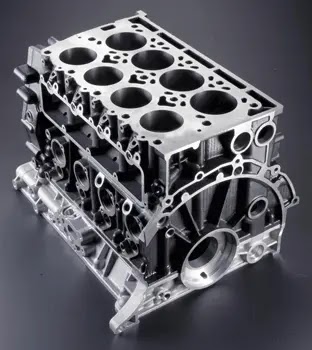
U engine block looks like the “U” letter when seen from the front.
There are two distinct straight engines in a U engine, each with its own crankshaft. A four-cylinder U engine is the most common, known as a square four engine.
Several U engines were built between 1915 and 1987 for use in aircraft, racing automobiles, racing and road bikes, locomotives, and tanks. However, they were far less common than the V engines.
H engines
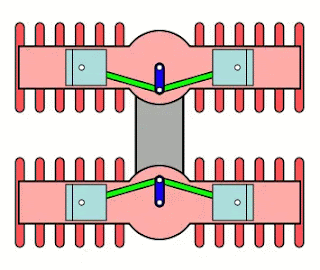
H engines, like U engines, are made up of two flat engines that are connected together via gears or chains. When viewed from the front, the engine blocks resemble the letter “H.” Between 4 and 24 cylinder H engines have been built.
During the 1930s and 1940s, aviation engines mostly used the H engine architecture. A 16-cylinder H engine was used in the Lotus 43 Formula One vehicle of 1966, while an 8-cylinder H engine was utilized in 1970s powerboat racing.
Horizontal K engine
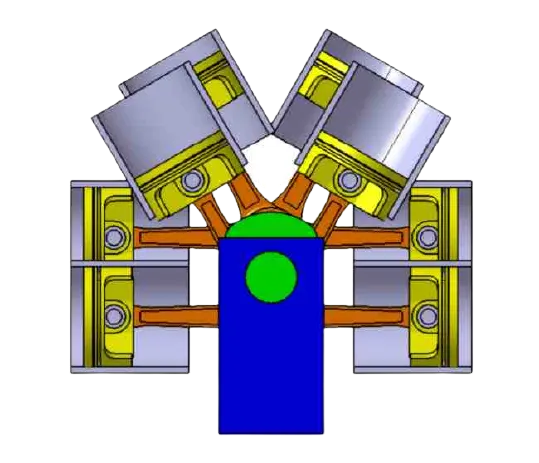
K!! Yes, this engine looks like a “K” letter when viewed from the front. In this layout of the engine, there are four cylinders per crankpin in the shape of a “K,” with its vertical side parallel to the ground.
This engine configuration is proposed and analyzed by Rushiraj Kadge. It provides better balance and less frictional losses. This engine layout is ideal for marine applications, supercars, and locomotives, all of which require 8, 12, or even 20 cylinders.
Radial engines
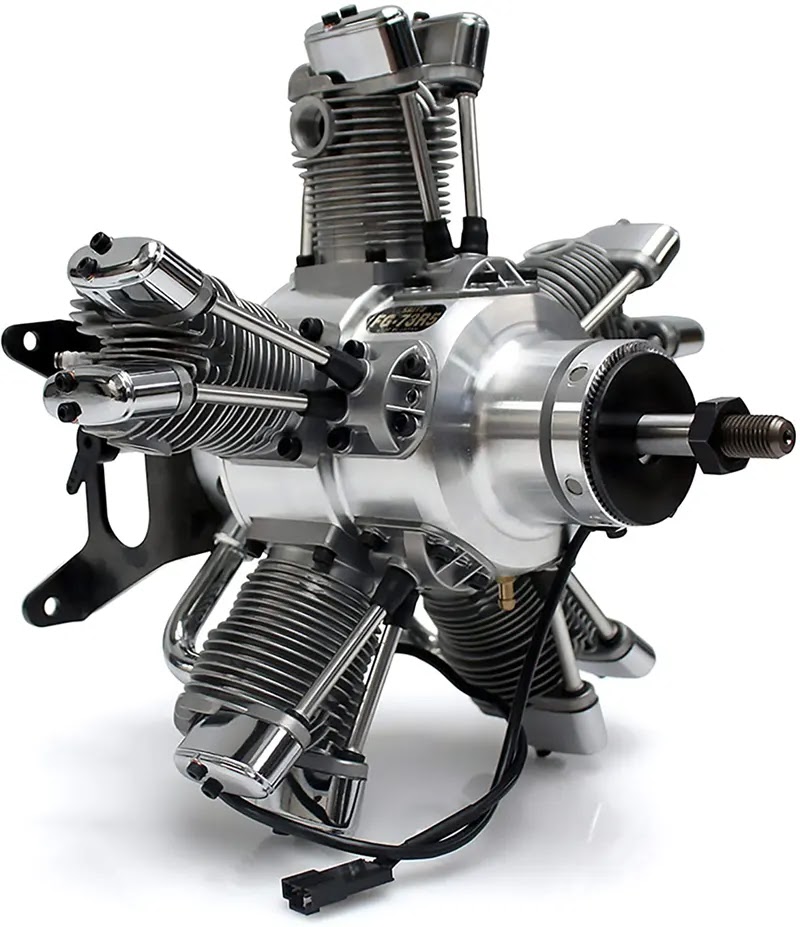
There is just one crankshaft in the radial engine, and all of the pistons are located at the same place on the crankshaft. This type of engine was used mainly for airplanes.
One of the most popular radial engines is the Pratt & Whitney R-4360 28-Cylinder engine. You can read more about it in this blog.
Delta Δ engines
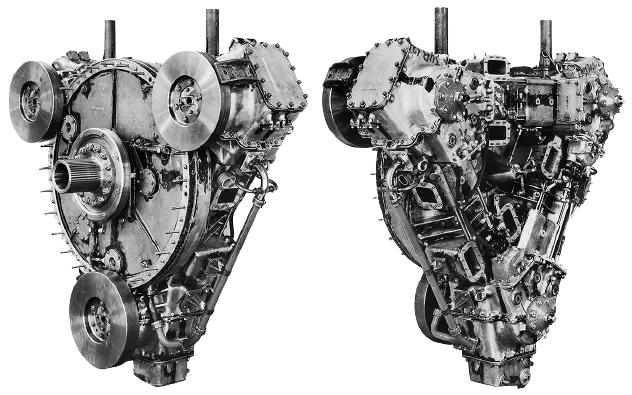
Delta engines have opposed piston cylinders located in three distinct planes or “banks,” which appear to be in the shape of a “Δ” when viewed along the main axis. The Napier Deltic engine is a well-known example of this design.
This diesel engine is used mostly on ships and locomotives. Cylinders were set up in an unusual triangular arrangement with a crankshaft at each corner, making this a unique engine design.
Enough!
I think this is a lot of engine layouts! But who says that these are all?
There are still some cylinder engines layouts out there, but they are less common.
Go ahead and find them yourself. And if you already know, please mention them in the comment section below, so all benefit from this information.
Which engine layout do you think is the best overall? And which one do you think could have more potential if utilized better?
No comments:
Post a Comment